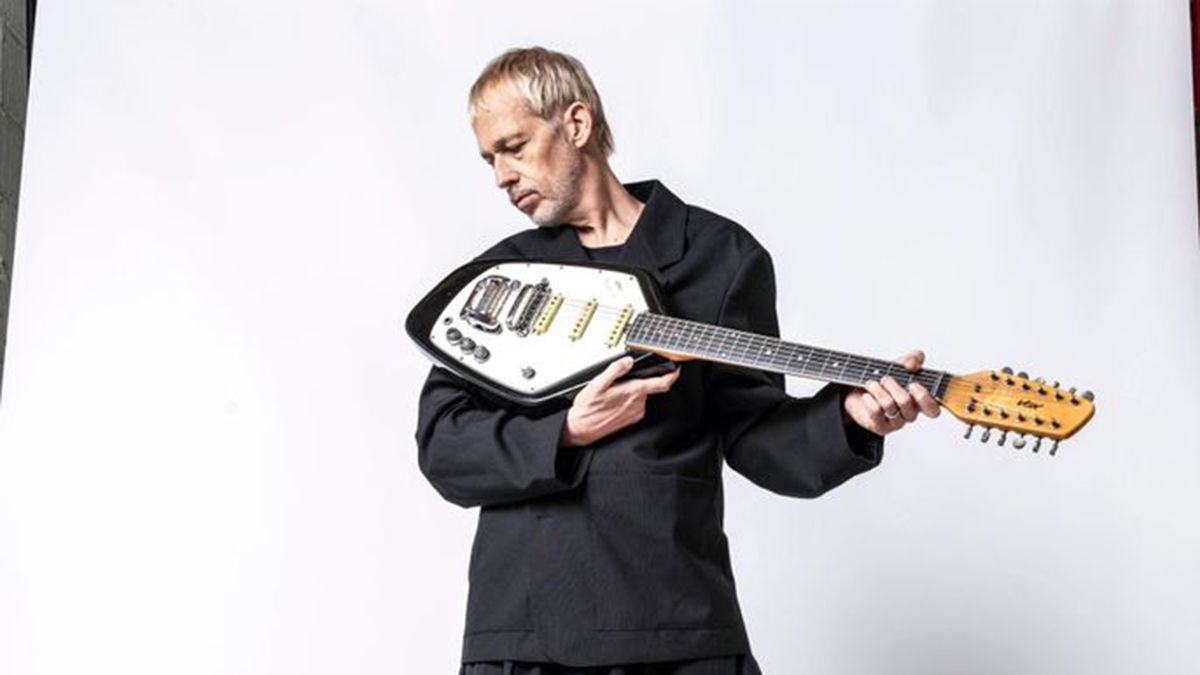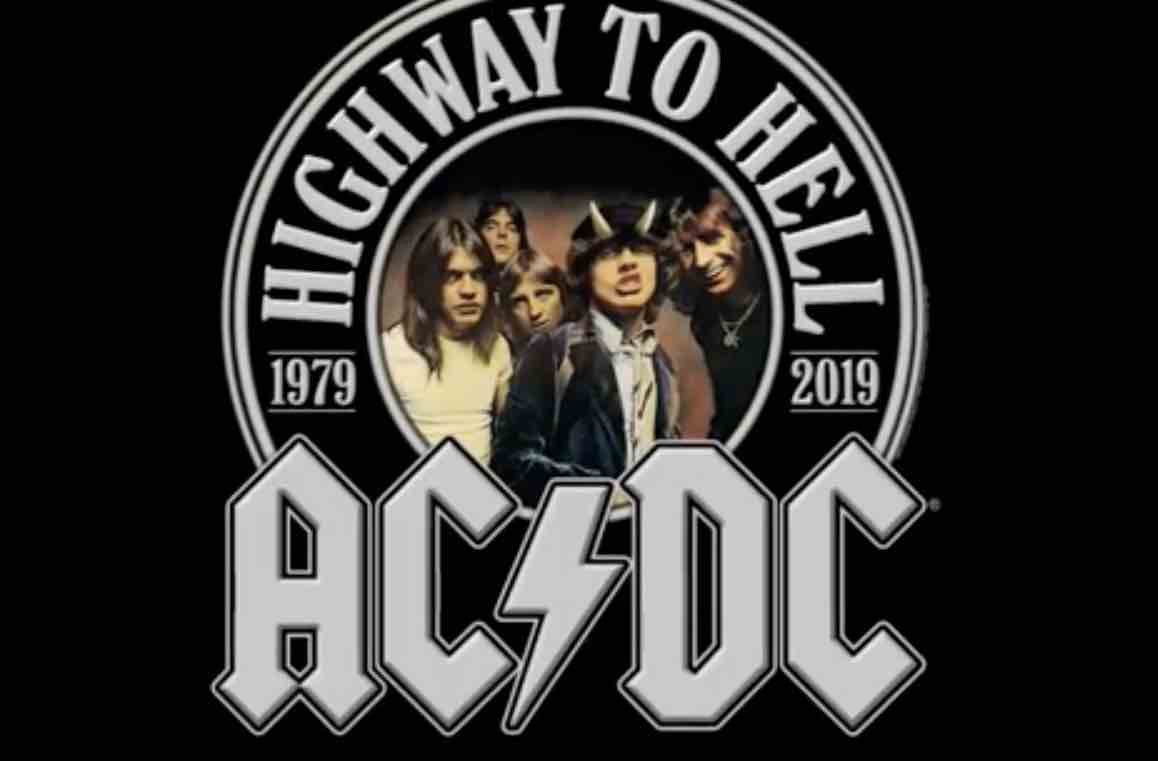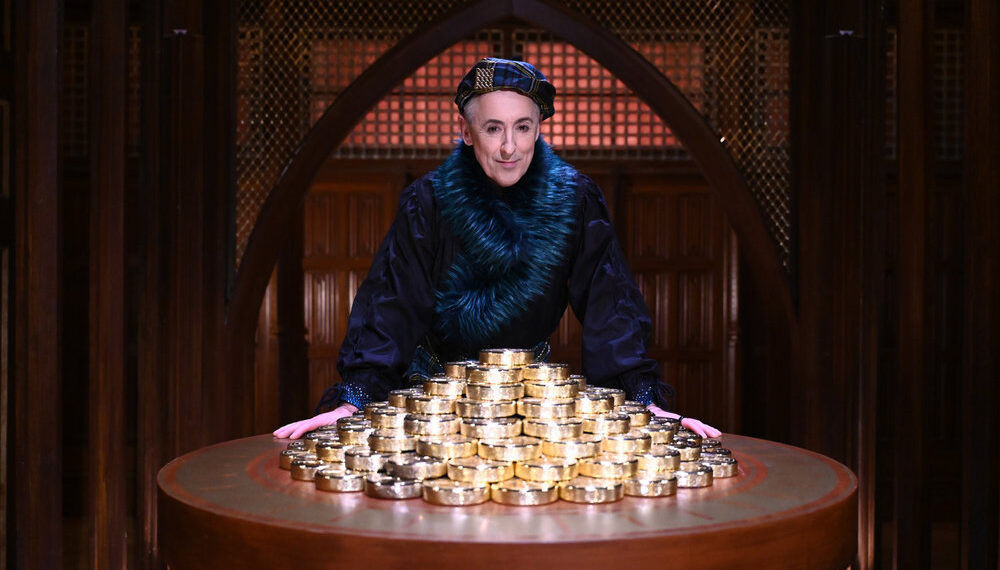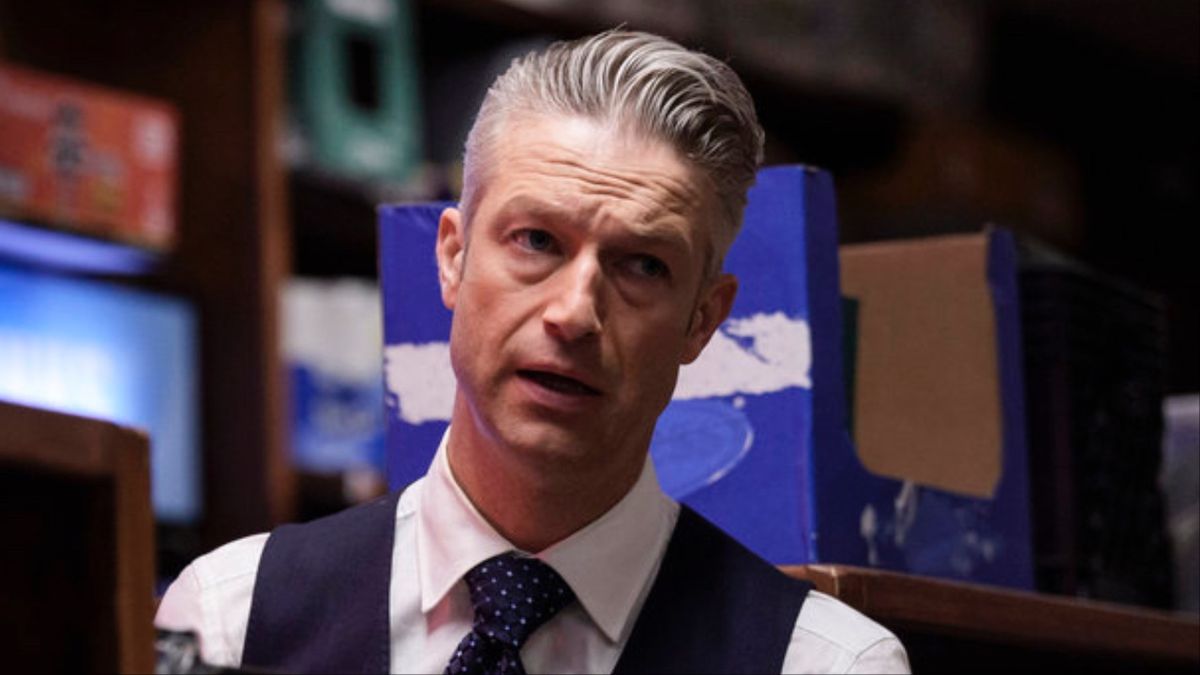George Harrison once drew a simple frame around the Beatles‘ musical origin story, highlighting the impact of the blues.
“If there was no Lead Belly, there would have been no Lonnie Donegan; no Lonnie Donegan, no Beatles,” friend John Reynolds remembered Harrison saying in the Legend of Lead Belly documentary. “Therefore no Lead Belly, no Beatles.”
But Donegan’s brand of local rockabilly, called skiffle, also drew from country music, old-timey songs and bluegrass. In fact, Liverpool had a bustling country scene, led by Phil Brady, among others. Brady’s earliest fame coincided with the Merseybeat fad that played a more celebrated role in shaping the Beatles’ sound.
READ MORE: Top 10 Beatles Guitar Solos Not By George Harrison
Ringo Starr had long been a fan of country music, but John Lennon was responsible for bringing this influence into the group’s songwriting core.
“I grew up with blues music [and] country and western music, which is also a big thing in Liverpool,” Lennon subsequently recalled. “One of the first visions I had was one of a fully dressed cowboy in the middle of Liverpool with his Hawaiian guitar, you know? That’s the first time I ever saw a guitar in my life. He had the full gear on.”
Lennon would favor a similar style with his pre-Beatles band, the Quarrymen, who wore the same string ties made famous by James Garner as a witty Old West card sharp on TV’s Maverick in the late ’50s. The Quarrymen’s business cards, drawn up by manager Nigel Walley, promised a slate of “Country, Western, Rock ‘n’ Roll, Skiffle.”
After the Quarrymen morphed into the Beatles, early visionary Brian Epstein quickly arranged for an audition to appear on BBC Radio. They’d perform for producer Peter Pilbeam in March 1962 at the Playhouse Theatre in London. His comments on the audition report were telling.
“I wrote that they were ‘an unusual group not as rock-y as most, more country and western with a tendency to play music,'” Pilbeam said in David Bedford’s 2020 book The Country of Liverpool: Nashville of the North. “This probably sounds awfully crude but it was praise indeed. Many groups just relied on noise to get them through the audition.”
Listen to the Beatles’ ‘Baby’s in Black’
Setting the Stage for a New Music Genre
As a youth, Lennon had an abiding fascination with foundational country legend Hank Williams. But even the Beatles’ earliest American rock heroes – Elvis Presley, Buddy Holly and Roy Orbison, among others – had drawn inspiration from older, rootsier sounds.
“I listened to country music,” Lennon later remembered. “I started imitating Hank Williams when I was 15, before I could play the guitar. I used to go round to a friend’s house, because he had the record player, and we sang all that Lonnie Donegan stuff and Hank Williams.”
Yet the Beatles’ first three albums could hardly be called rootsy. They wouldn’t definitively reveal these age-old musical passions until Beatles For Sale. Released on Dec. 4, 1964, the album included “Don’t Want to Spoil the Party” and “Baby’s in Black,” a pair of country-inflected originals principally sung by Lennon.
The Encyclopedia of Country Music would later pinpoint “I Don’t Want to Spoil the Party” as one of the earliest examples of country rock, anticipating genre-defining albums like the Band‘s Music From Big Pink and the Byrds‘ Sweetheart of the Rodeo. “We went after a real country and western flavor when we wrote this song,” Paul McCartney told Disc Weekly in 1965. “John and I do the singing in that style, and George takes a real country solo on the guitar.”
Elsewhere, there’s often a sense of weary heartbreak surrounding the originals on Beatles For Sale – in particular at its beginning, as the Beatles open with a trio of surprisingly downbeat songs. That feels like country music, too.
Two Carl Perkins covers, the Starr-sung “Honey Don’t” and Harrison-fronted “Everybody’s Trying to Be My Baby,” liven things up, but Perkins was heavily influenced by the Deep South’s front-porch pickers, too. “We all knew ‘Honey Don’t’; it was one of those songs that every band in Liverpool played,” Starr said in Anthology. “I used to love country music and country rock.”
Listen to the Beatles’ ‘I Don’t Want To Spoil the Party’
Widening Their Musical Scope Forever
Sessions for Beatles For Sale began on Aug. 11, 1964, just one month after the release of Hard Day’s Night, but most of the album was completed once the group reconvened in late September. In the meantime, they launched a U.S. tour – and also took the opportunity to pretend they were actual rustlers.
The Beatles slipped away to ride horses under cowboy hats after a concert in Dallas, visiting Reed Pigman’s ranch on Sept. 19, 1964, in Alton, Missouri. The town was so tiny that the Beatles had to fly into the airport at Walnut Ridge, Arkansas, where a Beatles-related festival would later flourish.
Beatles For Sale followed a similar path into the backwoods. “The numbers on this LP are different from anything we’ve done before,” Lennon said in Barry Miles’ book The Beatles Diary Volume 1: The Beatles Years, “and you could call our new one a ‘Beatles Country and Western LP.'”
Not exactly, but the Beatles had certainly widened their musical scope. They’d return to country with a cover of “Act Naturally” for Help! and then the original song “What Goes On” on Rubber Soul, both from 1965.
In this way, Beatles For Sale unlocked an often-overlooked core influence: “The recording of [‘What Goes On’] is in a very ‘country’ style,” Bedford subsequently argued, after publishing The Country of Liverpool. “From John’s rhythm to George’s Carl Perkins-esque picking style on his Gretsch Tennessean, [it’s] very much in the Nashville style.”
Starr went on to co-write and sing “Don’t Pass Me By” from 1968’s White Album, then decamped to Nashville to complete his second solo project, 1970’s Beaucoups of Blues. Lennon’s 1973 song “Tight A$” could have found a home on country radio; the title of McCartney 1972 b-side “Country Dreamer” speaks for itself. Starr announced a belated return to the genre with 2025’s Look Up, produced and co-written by T Bone Burnett.
Beatles Live Albums Ranked
Beatles live albums didn’t really used to be a thing – then they started arriving in bunches. Let’s count them down.
Gallery Credit: Nick DeRiso
Why the Beatles Hated One of Their Own LPs


























